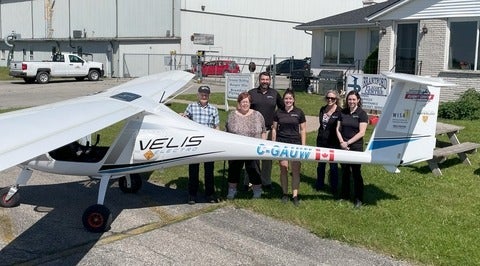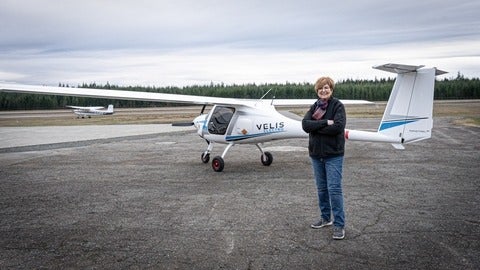Understanding Hotspots in Practice Areas: Safety Tips for Pilots
Throughout a pilot’s training, they spend lots of time working on their flying skills in the practice area. When nice weather comes around and all the planes are in the air, it’s not always easy to keep a safe distance from everyone. This blog post explains the factors that lead to the formation of airborne hotspots, and discusses how pilots can stay safe around them.








